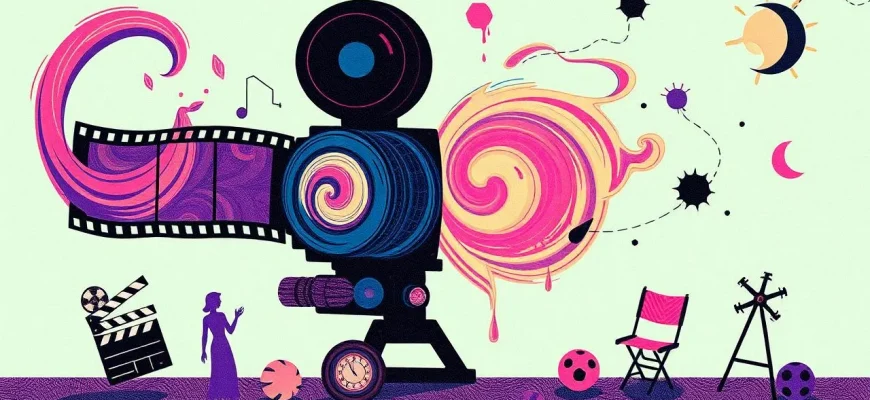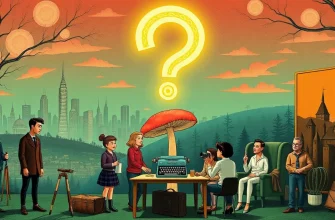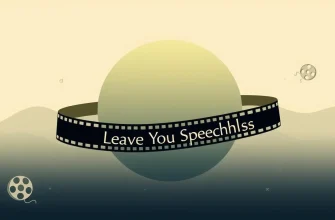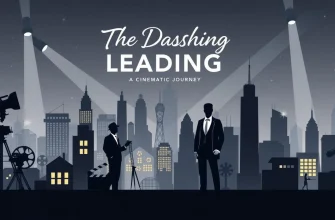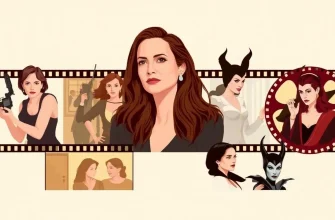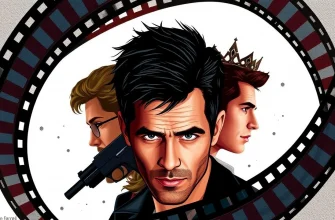Dive into the surreal world of psychedelic cinema where reality bends and visual storytelling takes on a life of its own. These films are not just movies; they are experiences that challenge perceptions, explore the depths of consciousness, and often leave viewers questioning what is real. This curated list showcases the best in psychedelic and trippy films, offering a journey through time, space, and the human mind.
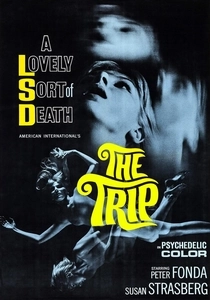
The Trip (1967)
Description: This film captures the LSD experience of the 1960s, with Peter Fonda's character taking a psychedelic journey through Los Angeles, reflecting the era's counterculture.
Fact: The film was directed by Roger Corman, who was known for his low-budget, exploitation films but also for giving opportunities to young filmmakers.
 Watch Now
Watch Now 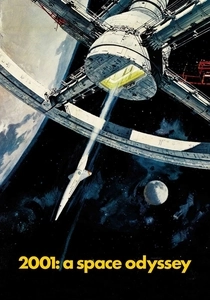
2001: A Space Odyssey (1968)
Description: Stanley Kubrick's masterpiece is renowned for its psychedelic sequences, particularly the 'Stargate' scene, which uses groundbreaking visual effects to depict a journey beyond human comprehension.
Fact: The film was inspired by Arthur C. Clarke's short story "The Sentinel" and was developed concurrently with Clarke's novel of the same name.
 Watch Now
Watch Now 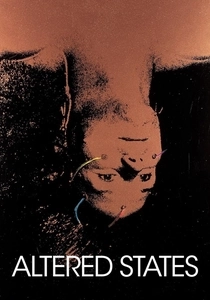
Altered States (1980)
Description: A scientist experiments with sensory deprivation and hallucinogens, leading to physical and psychological transformations, exploring the boundaries of human consciousness.
Fact: The film was based on the novel by Paddy Chayefsky, who also wrote the screenplay under the pseudonym Sidney Aaron.
 Watch Now
Watch Now 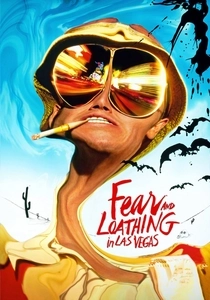
Fear and Loathing in Las Vegas (1998)
Description: Based on Hunter S. Thompson's novel, this film captures the essence of a drug-fueled trip through Las Vegas, showcasing the distorted reality through the eyes of its protagonists.
Fact: Johnny Depp, who plays Raoul Duke, lived with Thompson to prepare for the role, adopting many of his mannerisms and even wearing some of his clothes.
 Watch Now
Watch Now 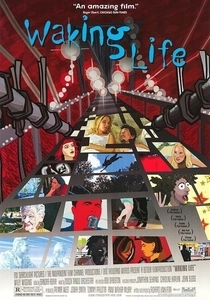
Waking Life (2001)
Description: Richard Linklater's exploration of existential themes through a series of dreamlike sequences, all animated using rotoscoping, creating a fluid, trippy visual experience.
Fact: The film features numerous philosophical discussions, with many of the characters voiced by real-life philosophers and academics.
 Watch Now
Watch Now 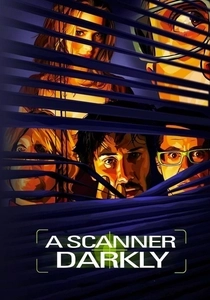
A Scanner Darkly (2006)
Description: Using rotoscoping, this film adapts Philip K. Dick's novel, presenting a dystopian future where reality and identity blur under the influence of a drug called Substance D.
Fact: The film was shot in live-action and then animated over, giving it a unique, dreamlike quality.
 Watch Now
Watch Now 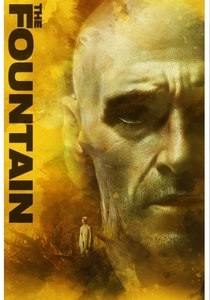
The Fountain (2006)
Description: Darren Aronofsky's visually stunning film intertwines three narratives across different eras, exploring themes of love, mortality, and the quest for eternal life.
Fact: The film was originally conceived as a much larger project but was scaled back due to budget constraints.
 Watch Now
Watch Now 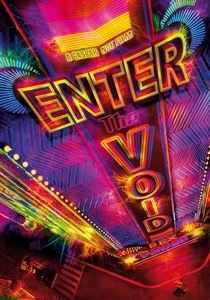
Enter the Void (2009)
Description: Gaspar Noé's film uses innovative camera techniques to simulate the experience of an out-of-body journey, exploring themes of life, death, and reincarnation in a visually overwhelming way.
Fact: The film was shot entirely in Tokyo, and the director used a custom-built camera rig to achieve the floating point-of-view shots.
 Watch Now
Watch Now 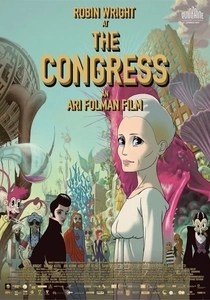
The Congress (2013)
Description: Combining live-action with animation, this film delves into the future of cinema and identity, where an actress sells her digital likeness, leading to a surreal exploration of reality.
Fact: The film is loosely based on Stanislaw Lem's novel "The Futurological Congress" and features Robin Wright playing a version of herself.
 Watch Now
Watch Now 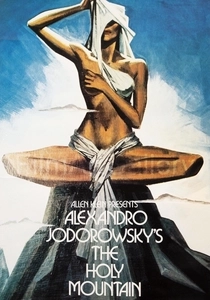
The Holy Mountain (1973)
Description: Alejandro Jodorowsky's surrealist film is a visual and spiritual odyssey, filled with symbolic imagery and a narrative that defies conventional storytelling.
Fact: Jodorowsky himself plays the role of the Alchemist, and the film was funded by John Lennon and Yoko Ono.
 30 Days Free
30 Days Free 
